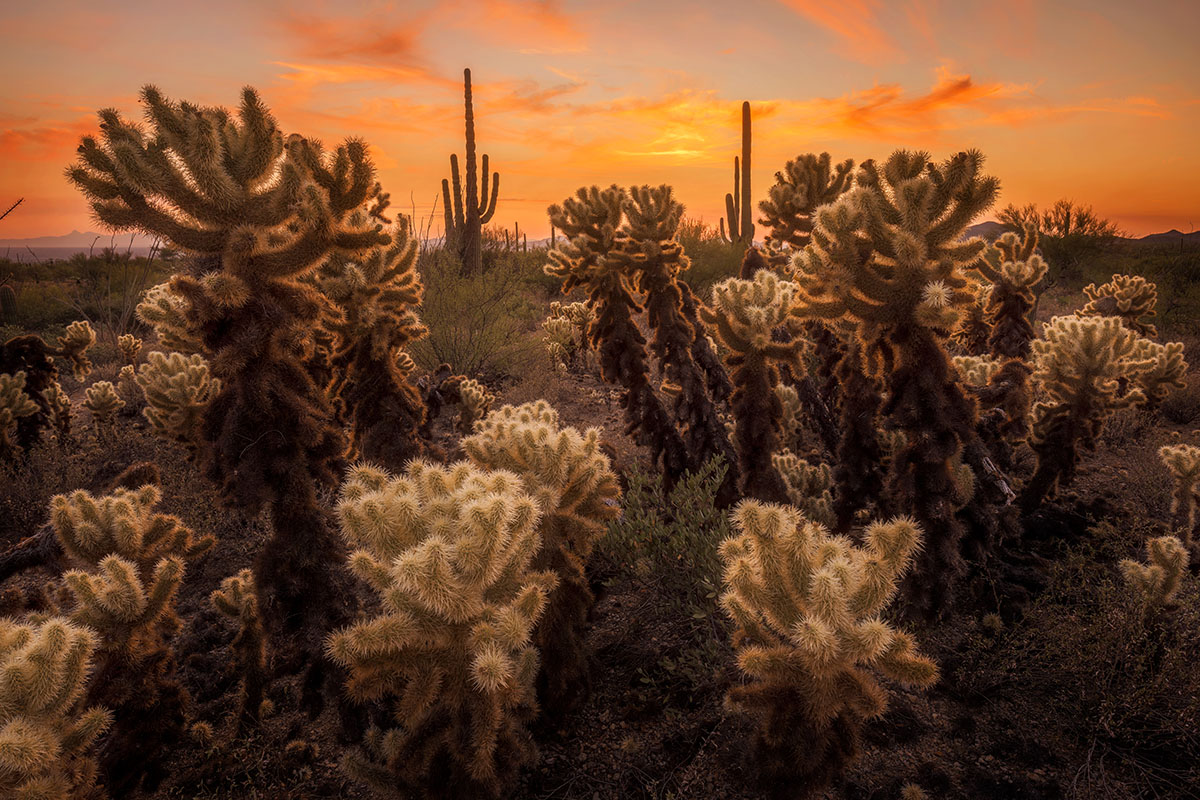Iconic Arizona
Sean Parker captures quintessential landscape and astrophotography images of the Grand Canyon State with his Tamron SP 15-30mm F/2.8 VC G2 and 35-150mm VC lenses.
Share the article:
More Photo Tips | Video Gallery | Photo Gallery | Enewsletter sign-up
By Jenn Gidman
Images by Sean Parker
Sean Parker has always had a penchant for electronics and numbers, starting with his initial career as a computer IT tech. When he started becoming interested in taking pictures, his mathematical and scientific leanings made it easy for Sean to transition to digital photography—and his home base in Tucson, Arizona, with its magnificent Southwest landscapes, offered him the perfect canvas.
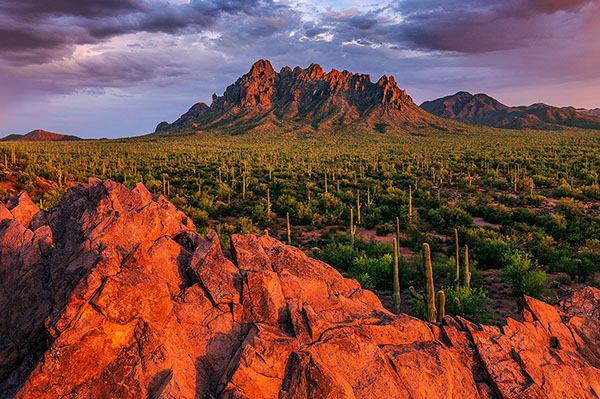
15-30mm (18mm), F/9, 1/200 sec., ISO 200
Click image to view larger
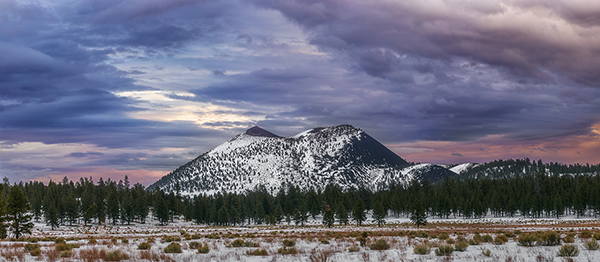
35-150mm (150mm), F/9, 1/13 sec., ISO 100
Click image to view larger
“My IT background helped me understand how cameras work, how to figure out exposures, and things like that,” he says. “My first photos were of the night sky. There was an astronomy-themed bar near my home called Sky Bar, with a patio and telescope in the back. I would take pictures through the telescope with my iPhone. From there, I moved onto using a DSLR, and then I started heading out into the desert to photograph the landscapes, including the night sky and the Milky Way.”
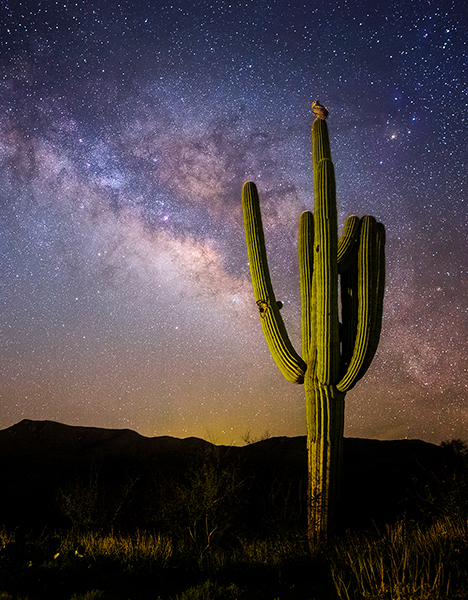
15-30mm (20mm), F/2.8, 1/200 sec., ISO 200
Click image to view larger
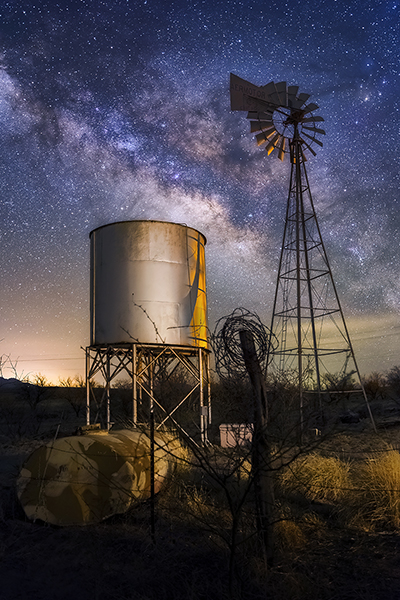
15-30mm (24mm), F/2.8, 15 sec., ISO 6400
Click image to view larger
These days, Sean continues to explore the region around his home, whether he’s documenting the Sunset Crater near Flagstaff or wandering among the saguaro cactuses found sprinkled throughout. On hand for his picture-taking adventures are his Tamron SP 15-30mm F/2.8 VC G2 and 35-150mm VC (Model A043)* lenses. “The 15-30 is my baby,” he says. “I use that lens pretty much all the time. It’s super versatile, thanks to its maximum F/2.8 aperture, which allows me to stick around into the evening hours. I also shoot a lot of video, and the 15-30 offers me a nice field of view with added image stabilization. I’ve always been a wide shooter, so it’s perfect for me.”
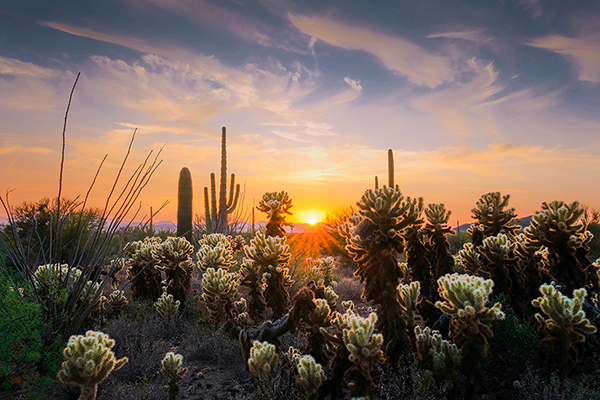
15-30mm (15mm), F/16, 1/10 sec., ISO 100
Click image to view larger
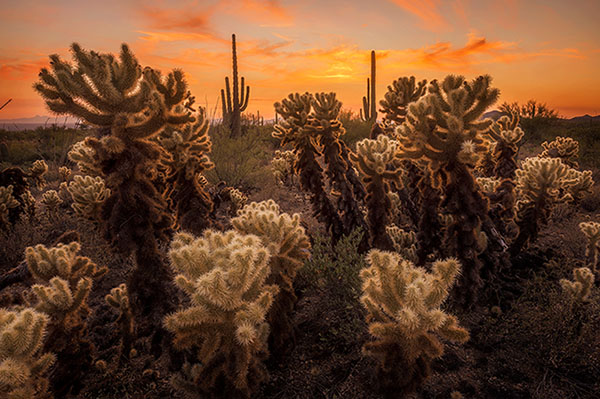
15-30mm (15mm), F/10, 1/10 sec., ISO 100
Click image to view larger
When a subject is too far away or when he’s doing zoom panoramas, Sean will tap into the 35-150. “The focal-length range is great, and I appreciate how lightweight the lens is,” he says. “It also helps keep me safe. Take that lightning shot, for example. Obviously I don’t want to get too close to lightning! I was at least a mile away when I took this photo, and the 35-150 allowed me to zoom in enough to capture the picture I wanted. The F/2.8 aperture on that lens also allowed me to bring in as much light as possible here so I could get the cleanest image possible and not have to bump up my ISO too much.”
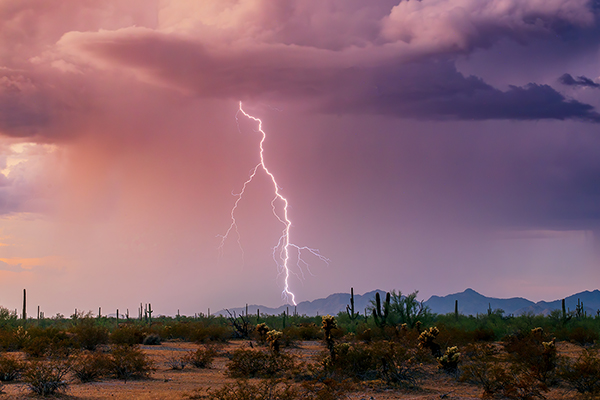
15-30mm (150mm), F/5.6, 2 sec., ISO 400
Click image to view larger
When he’s wandering locally, Sean seeks out what he calls “iconic Arizona” scenes. “I want to showcase the saguaro cactus, the palo verde tree, the mountains in the background—quintessential images of the state,” he says. “I look for multiple different elements that I can then line up in front of my camera. What I like to do is an in-your-face type of photo, where I place my lens an inch away from a cactus and do some focus stacking. I want the viewer to have the perspective that they’re right there on the desert trail with me, standing next to a cactus. Taking a wide-angle shot with my Tamron lenses can make you feel like you’re able to reach out and touch it.”
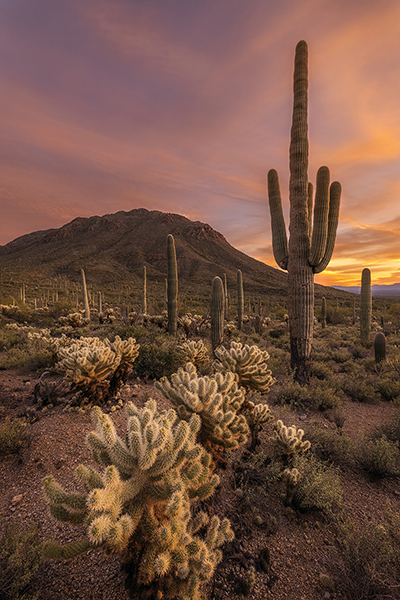
15-30mm (15mm), F/5, 1/500 sec., ISO 800
Click image to view larger
In Sean’s neck of the woods in Tucson, light pollution is at a minimum, making it ideal for his astrophotography. “In addition to my camera and lenses, I’ll pack some extra batteries and SD cards, a headlamp so I can see where I’m going, a small LED light panel, and my intervalometer, which helps me do time-lapse photos,” he says. “I don’t use any star trackers for my astrophotography, but I do have some apps on my phone to help me find where the light pollution is so I can avoid it. I also use PhotoPills’ Night AR mode, which allows you to compose your shot during the daytime by overlaying how the image will look at night.”
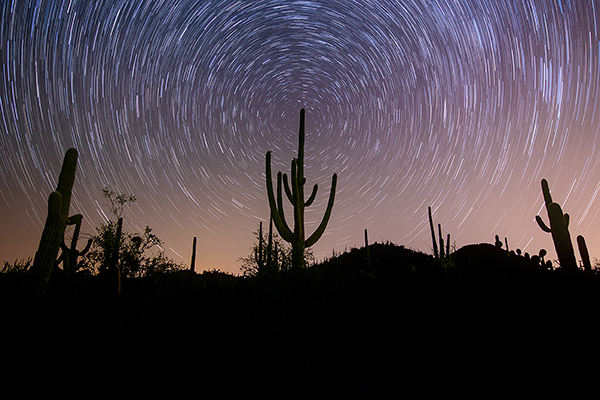
15-30mm (15mm), F/2.8, 1/15 sec. (120 images), ISO 3200
Click image to view larger
Sean recommends starting off using the “500 rule” for astrophotography, which allows you to take sharp photos of stars. According to that directive, the longest shutter speed you can typically use before the stars start to get blurry is the number you arrive at when you divide 500 by your focal length. “Star trails are cool if that’s the effect you’re going for, but if you don’t want that, the 500 rule helps keep things in line,” he says. “You also want to boost your ISO to at least 1600 and open up your aperture to at least F/2.8.”
Post-production is where Sean puts the finishing touches on his astrophotography images. “It’s better to see the night sky in person, just for the experience, but the camera exposes for a lot longer than our eyes, meaning photos look a lot brighter than what we see in person,” he says. “I’m able to bring even more detail out during editing, adding contrast and color corrections to make my photos pop.”
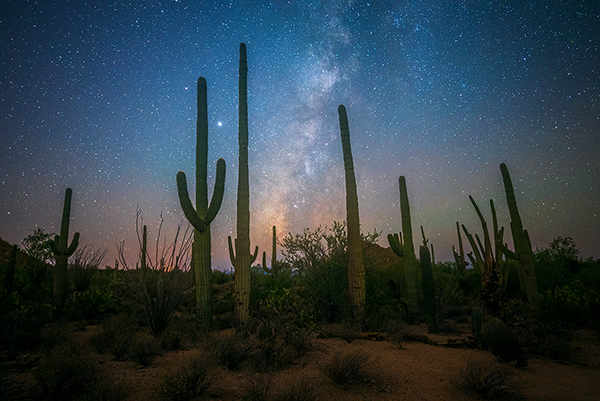
15-30mm (20mm), F/2.8, 1/15 sec., ISO 6400
Click image to view larger
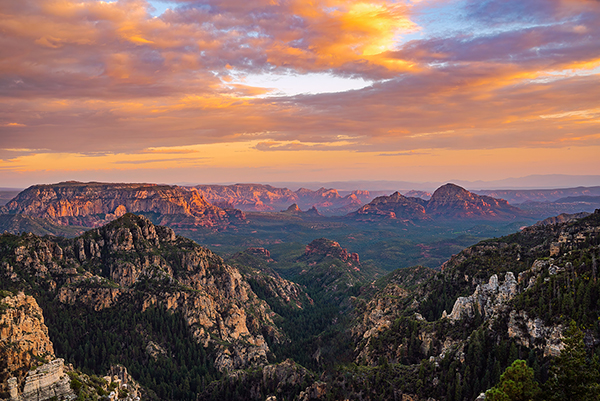
15-30mm (120mm), F/4, 1/100 sec., ISO 400<
Click image to view larger
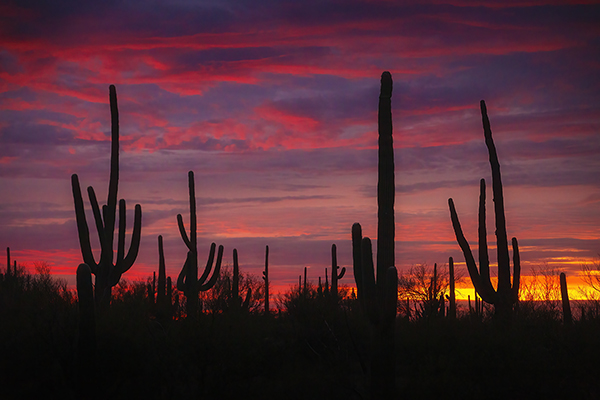
35-150mm (90mm), F/4, 1/15 sec., ISO 3200
Click image to view larger
*new model A058 35-150mm F/2-2.8 Di III VXD for Sony mirrorless info here
To see more of Sean Parker’s images or attend future in-field workshops, go to www.sean-parker.com.
More Photo Tips | Watch Videos | Learn More About Tamron Lenses | Photo Gallery
